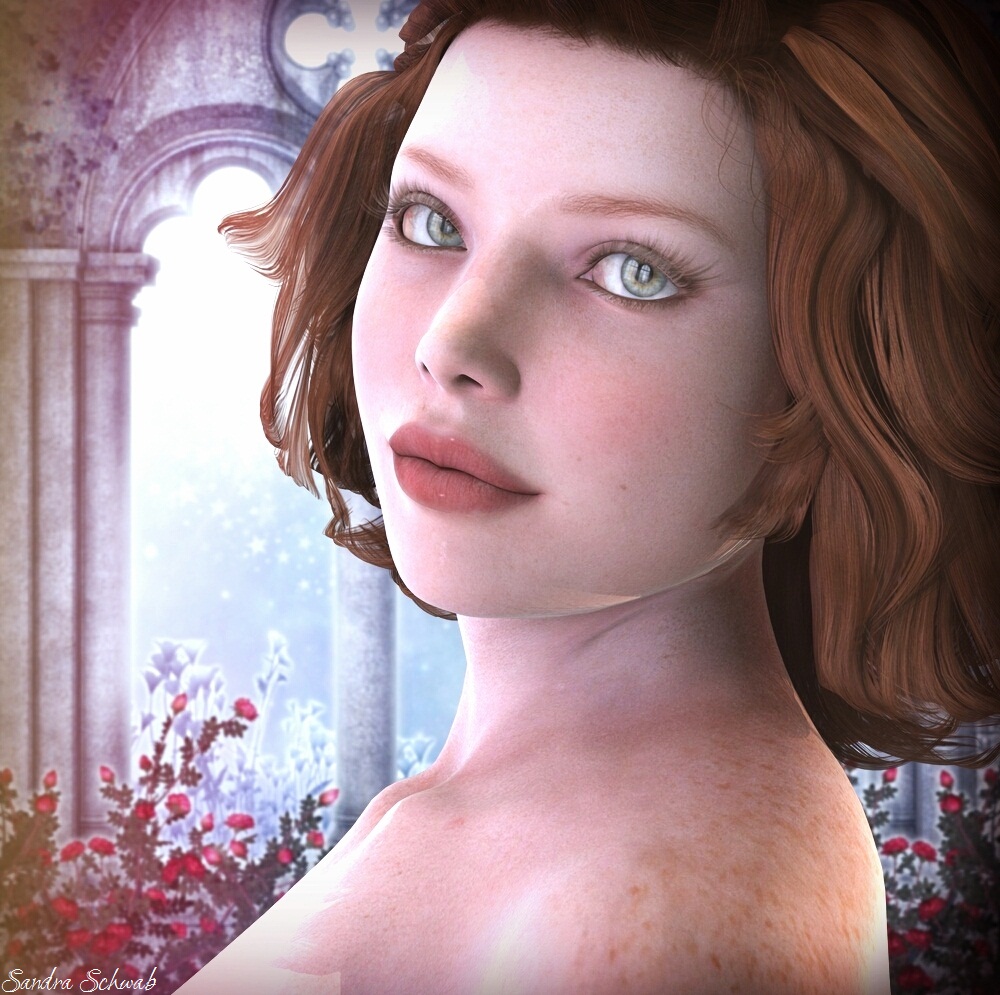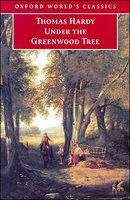First of all, this week is Banned Books Week! Everyone go and read a banned book–or any book at all, really. Reading is rebellion! Reading is, well, risky!
 And so is writing. I finished an “Undone” short story and am on the downward slope toward The End of my second Laurel McKee book (due November 1–wish me luck!), and it seems that is hazardous to my health. My finger seems permanently bent, and my behind is glued to my desk chair (all the Halloween candy I eat as I write is not helping, either). But I’m very happy to take a time out today and celebrate the birthday of author Elizabeth Gaskell, who was born September 29, 1810. (I confess that, aside from reading her book Ruth a long time ago–and remembering nothing about it–I did not come to her books until I saw the TV versions of Cranford, North and South, and Wives and Daughters, but I’m glad I have found them now. And didn’t you know I would find a way to use a pic of Richard Armitage??)
And so is writing. I finished an “Undone” short story and am on the downward slope toward The End of my second Laurel McKee book (due November 1–wish me luck!), and it seems that is hazardous to my health. My finger seems permanently bent, and my behind is glued to my desk chair (all the Halloween candy I eat as I write is not helping, either). But I’m very happy to take a time out today and celebrate the birthday of author Elizabeth Gaskell, who was born September 29, 1810. (I confess that, aside from reading her book Ruth a long time ago–and remembering nothing about it–I did not come to her books until I saw the TV versions of Cranford, North and South, and Wives and Daughters, but I’m glad I have found them now. And didn’t you know I would find a way to use a pic of Richard Armitage??)
 Gaskell was born Elizabeth Stevenson at 93 Cheyne Walk, Chelsea, which was then still on the outskirts of London, the 8th and last child of William Stevenson, a Unitarian minister, and his wife Elizabeth, who came from a prominent Midlands family well-connected with other well-to-do Unitarian families. Only Elizabeth and her eldest brother John survived infancy, and her mother died barely 3 months after her birth. Her father sent her to live with her mother’s sister, Hannah Lamb, in Cheshire, and she grew up with her aunt and grandparents. Their town, Knutsford, was later immortalized as Cranford (Her father remarried in 1814 and went on to have 2 more children, but she did not spend much time with them. Her brother John was a frequent visitor to Cheshire, though, and she was very fond of him. He went into the Merchant Navy with the East India Company, and was lost on a voyage to India in 1827).
Gaskell was born Elizabeth Stevenson at 93 Cheyne Walk, Chelsea, which was then still on the outskirts of London, the 8th and last child of William Stevenson, a Unitarian minister, and his wife Elizabeth, who came from a prominent Midlands family well-connected with other well-to-do Unitarian families. Only Elizabeth and her eldest brother John survived infancy, and her mother died barely 3 months after her birth. Her father sent her to live with her mother’s sister, Hannah Lamb, in Cheshire, and she grew up with her aunt and grandparents. Their town, Knutsford, was later immortalized as Cranford (Her father remarried in 1814 and went on to have 2 more children, but she did not spend much time with them. Her brother John was a frequent visitor to Cheshire, though, and she was very fond of him. He went into the Merchant Navy with the East India Company, and was lost on a voyage to India in 1827).
 In 1832 she married William Gaskell, the minister at Cross Street Unitarian Chapel and a man of literary hobbies. They settled in Manchester, where the industrial setting (and the religious values she grew up with and lived with) offered much inspiration for her writing. They had 6 children, and eventually rented a villa in Plymouth Grove after the publication of Elizabeth’s first novel Mary Barton, and she lived in this house and wrote all her books there until her death 15 years later. The circles the Gaskells socialized with included literary figures, religious dissenters, and social reformers, including Charles Dickens, John Ruskin, Harriet Beecher Stowe, and Charlotte Bronte (who is known to have stayed in the villa at loeast 3 times; Gaskell later wrote her first biography).
In 1832 she married William Gaskell, the minister at Cross Street Unitarian Chapel and a man of literary hobbies. They settled in Manchester, where the industrial setting (and the religious values she grew up with and lived with) offered much inspiration for her writing. They had 6 children, and eventually rented a villa in Plymouth Grove after the publication of Elizabeth’s first novel Mary Barton, and she lived in this house and wrote all her books there until her death 15 years later. The circles the Gaskells socialized with included literary figures, religious dissenters, and social reformers, including Charles Dickens, John Ruskin, Harriet Beecher Stowe, and Charlotte Bronte (who is known to have stayed in the villa at loeast 3 times; Gaskell later wrote her first biography).
 The best known of her books now are Ruth (1853), Cranford (1853), North and South (1854), and Wives and Daughters (1865), as well as her Bronte bio, but her best sellers in her own life were her Gothic ghost stories, published often in her friend Dickens’ magazine Household Words.
The best known of her books now are Ruth (1853), Cranford (1853), North and South (1854), and Wives and Daughters (1865), as well as her Bronte bio, but her best sellers in her own life were her Gothic ghost stories, published often in her friend Dickens’ magazine Household Words.
She died at her home in 1865, aged 55.
 A few good sources on Gaskell’s life are:
A few good sources on Gaskell’s life are:
Arthur Pollard, Mrs. Gaskell: Novelist and Biographer
Winifred Gerin, Elizabeth Gaskell
And the website of The Gaskell Society (lots of fun!)
Have you ever read any of Gaskell’s books (or seen the adaptations?) Which are your faves? And what are some of your favorite banned books???









